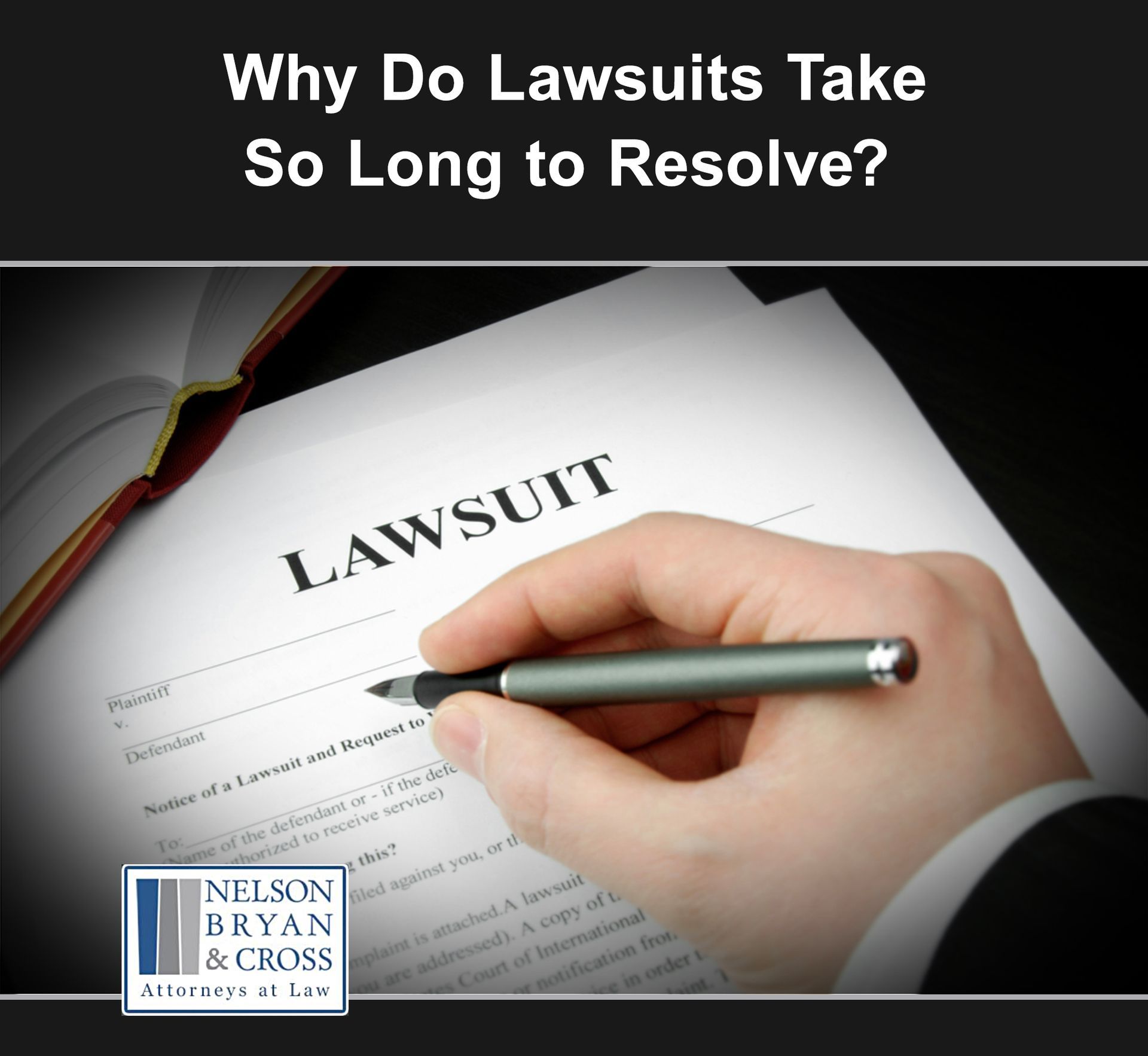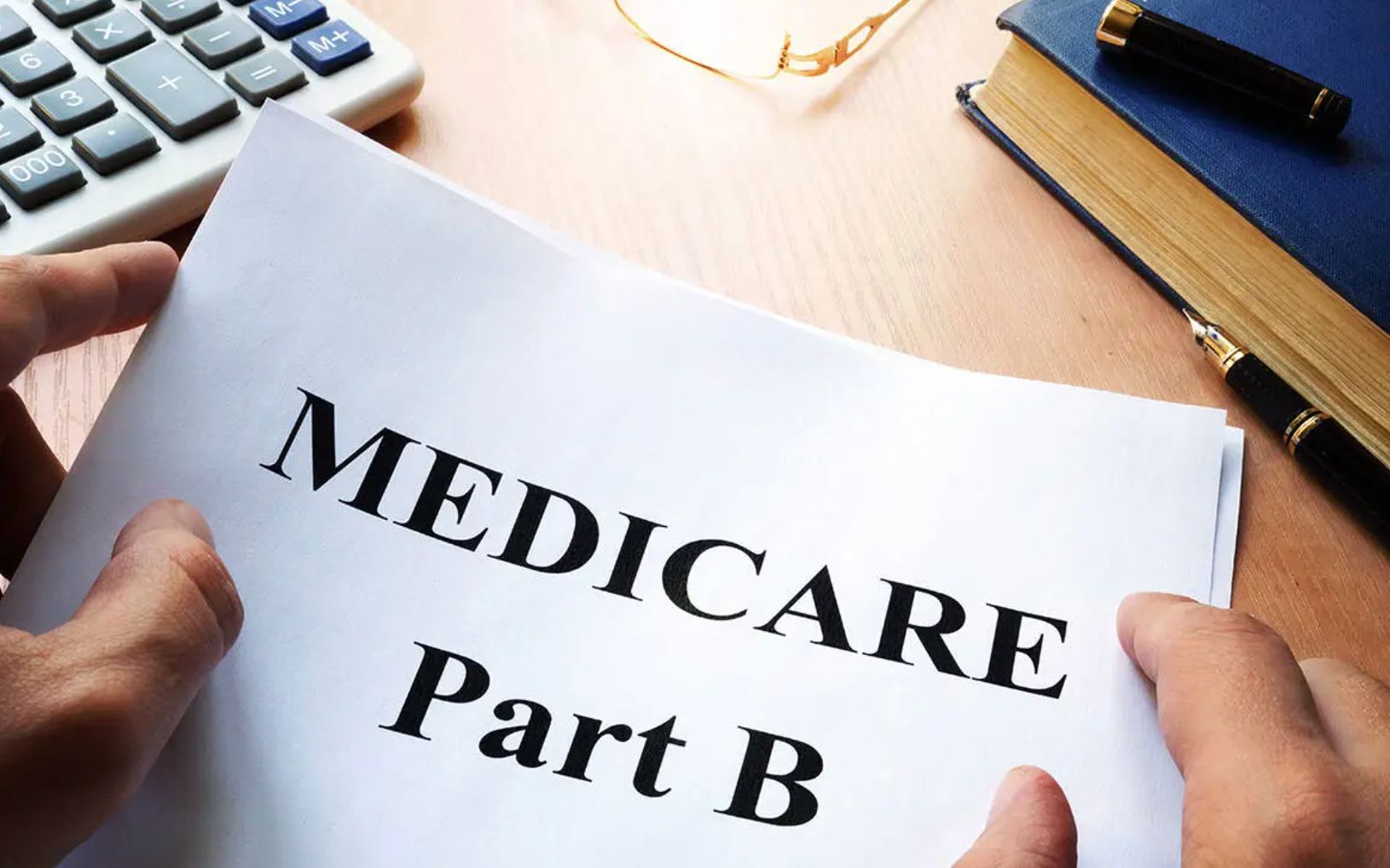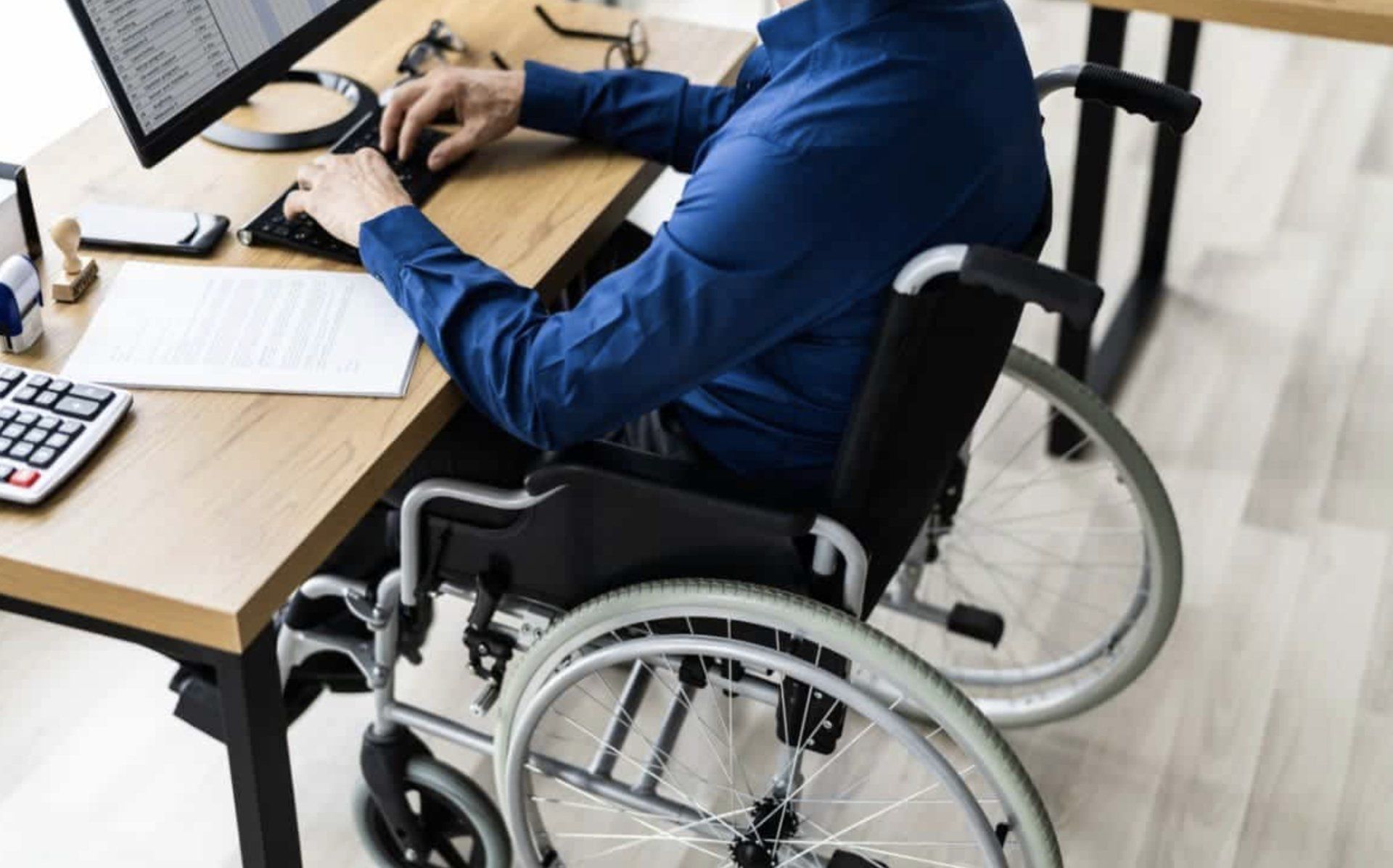Blog

By David Pridemore
•
21 Mar, 2024
Identity theft affects millions of people each year and can cause serious harm. Protect yourself by securing your personal information, understanding the threat of identity theft, and exercising caution. Here are 10 things you can start doing now to protect yourself and your loved ones from identity theft: Protect your Social Security number by keeping your Social Security card in a safe place at home. Don’t carry it with you or provide your number unnecessarily. Be careful when you speak with unknown callers. Scammers may mislead you by using legitimate phone numbers or the real names of officials. If they threaten you or make you feel uneasy, hang up. Create strong, unique passwords so others can’t easily access your accounts. Use different passwords for different accounts so if a hacker compromises one account, they can’t access other accounts. Check out the Federal Trade Commission’s password checklist for tips. Never give your personal or financial information in response to an unsolicited call or message, and never post it on social media. Shred paper documents that contain personal information, like your name, birth date, and Social Security number. Protect your mobile device from unauthorized access by securing it with a PIN, adding a fingerprinting feature, or using facial recognition. You can also add a password and adjust the time before your screen automatically locks. Regularly check your financial accounts for suspicious transactions. You can also request and check a free credit report from each of the three credit bureaus every year: TransUnion , Equifax , and Experian . Avoid internet threats by installing and maintaining strong anti-virus software on all your devices—including your mobile device and personal computer. Use a virtual private network (VPN) to stay safe on public Wi-Fi. Do not perform certain activities that involve sensitive data, like online shopping and banking, on public Wi-Fi networks. Protect yourself on social media by customizing your security settings and deleting accounts you no longer use. Also, double-check suspicious messages from your contacts, as hackers may create fake accounts of people you know. Never click on any link sent via unsolicited email or text message—type in the web address yourself. Only provide information on secure websites.

By David Pridemore
•
04 Mar, 2024
Every accident case is different. Some settle more quickly than others. However, it is not uncommon, for a personal injury case to take a year or more to resolve after the case has been filed in court. Evaluating the Injury Prior to filing a lawsuit, it takes time to determine the full extent of your injuries. Doctors are often unable to give an opinion about the seriousness of an injury until your condition has stabilized. In serious injury cases, it may even take a year after the accident before your doctor can say whether or not your injuries are permanent. It is extremely important to take the necessary time to fully evaluate your injuries. You have only one chance to prove the extent to which you have been harmed. Once you accept a settlement offer, that decision is final. You cannot go back and ask for more money if you later find out your injuries are more serious. An experienced personal injury attorney knows how to keep your case moving through the legal system. Your personal injury case may move through these stages: 1. Written Discovery The written discovery period can last over six months. You will be asked to answer written questions (interrogatories) under oath. You will also be asked to produce documents or authorize others to produce documents such as accident reports and medical records. 2. Depositions During a deposition, you will be asked questions under oath. A court reporter types a record of everything that is said. Not only will you be questioned about the accident and your injuries, you will be asked questions about what your health, education, and work were like before the accident. 3. Mediation and Settlement The Court almost always requires a settlement conference or mediation before personal injury cases can go to trial. At mediation, a neutral trained mediator goes over the issues and evidence with the parties to help guide them toward a settlement agreement. 4. Trial If your case does not settle and goes to trial, a jury decides what your injury is worth. It can take eighteen months or longer to get the trial scheduled. Once the trial is over, there may be further appeals and motions. It's possible for the parties to settle the case during trial or even after trial in order to end an appeal. Your best strategy is to contact an attorney with experience in handling personal injury cases. Your attorney can give you an estimate about the length of time it takes to resolve your type of case. Also, ask your attorney to give you frequent reports on the status of your case so you know that your case is making its way through the legal process. It's understandable that you may be frustrated at the speed your case seems to be moving. However, you should never rush to take the first settlement offer made by an insurance company. The first offer is rarely your best settlement offer. .

By David Pridemore
•
18 Jul, 2023
Distracted driving has been on the increase for the last several years and continues to be one of the leading causes of vehicle accidents throughout the United States. If you are texting and driving down the highway at 55 mph, that’s like traveling the length of a football field with your eyes closed. You can only drive safely when your full attention is on the road. Any activity that isn’t related to driving is a potential distraction and increases your risk of a collision. While most research points to a mobile phone as the number one culprit, it is far from the only activity potentially stealing a driver's attention. Eating or drinking, grooming, radios, other passengers - especially children, and even pets can also be significant factors. Distracted driving accidents are preventable 99% of the time. Driving can become mundane at times, but we all must remember when driving we have an obligation to the safety of not only ourselves but those who ride with us and other drivers we share the road with. Some studies show listening to podcasts or certain types of music can enhance our concentration. It’s important to practice safe habits behind the wheel. You want to make sure that your passengers know how serious you are about driving without distractions. One of the most effective ways to lead is through example. Be a good example for your friends and family by avoiding driving while you’re distracted.

By David Pridemore
•
17 Jul, 2023
We see this question all the time. The injured party doesn’t want to use their own health insurance to pay for an injury. They believe it is the responsibility of the person at fault to pay for their medical bills. That may feel like the right position for an accident victim to take but the truth is, most of the time the injured party will end up with a larger settlement if they do, in fact, use their own medical benefits. Here's why; Health insurance companies have a negotiated price for medical services that is about 15 percent less than what people have to pay who don’t have health insurance. If your medical bills are $50,000.00 but Blue Cross Blue Shield pays $15,000.00 and the person who caused the wreck has $50,000.00 in liability coverage, that leaves $35,000.00 available for the injured party versus $0.00. Generally speaking, Blue Cross Blue Shield will reduce the $15,000.00 to $10,000.00 leaving $40,000.00 available. The point is that there’s more money available when you take advantage of your healthcare negotiated rates whether it’s United Health Care, Medicare, Medicaid, or Blue Cross Blue Shield. More money is better. Using your health insurance to pay your medical bills if you are injured, will almost always end up maximizing your settlement.

By David Pridemore
•
17 Jul, 2023
Once you reach the age of 65 you have many more options than before. As you know if you go on Medicare and you are under the age of 65 your options for health plans are limited. When you turn 65 you will have another open enrollment period to sign up for any plan you wish to get. In other words, just because you are already on Medicare does not prohibit you from having all the options a person not on Medicare and turning 65 would have.

By David Pridemore
•
17 Jul, 2023
This is one of the questions we get asked the most. In most cases, the answer to this is “no”. When you turn 65, if you are still working and on your employer’s health insurance plan you probably will not need Medicare Part B. I say probably because most employer plans do not file on Medicare if you have a claim. Because you have to pay a premium for Part B, Medicare does not require a person to sign up for Part B as long as you are on your employer’s plan. Also, because the rules can differ for companies with less than 20 employees, the safest thing to do is check with the benefits coordinator at your place of employment for guidance or call us at our office.

22 Sep, 2021
For many working Americans, when the unexpected happens and they can no longer work due to a serious medical condition, Social Security Disability Insurance (SSDI) benefits can be a financial lifeline. Most American workers contribute to Social Security through federal payroll taxes. Social Security is designed for income during retirement years however if an individual’s working years are cut short by a severe, long-term illness or injury, they may need income before reaching retirement age. For many who find themselves in these circumstances SSDI provides monthly financial assistance. Seven facts every American should know about the SSDI program 1. SSDI is coverage that workers earn. If an individual has paid enough Social Security taxes through their lifetime earnings, SSDI is intended to provide support by replacing some of their income when they become disabled and unable to work. 2. The Social Security Administration (SSA) has a strict definition of disability. The SSA considers a person disabled if they can’t work due to a serious medical condition that is expected to last at least one year or result in death. SSDI is intended as a long-term solution and is not intended to offer temporary or partial disability benefits. 3. Disability can happen to anyone at any age. Serious medical conditions, such as cancer and mental illness, can affect the young and elderly alike. Studies prove one in four 20-year-olds will become disabled before retirement age. As a result, they may need to rely on Social Security disability (SSDI) benefits for income support. 4. SSDI payments help disabled workers to meet their basic needs. SSDI is not and was never intended to be a full wage replacement. The average monthly Social Security disability benefit is $1,280, as of April 2021, which is intended to allow an individual who has become disabled to meet their basic needs. 5. Social Security works aggressively to detect and prevent fraud. Every American worker who pays federal taxes invests in SSA. The agency is committed to protecting their investment by taking a zero-tolerance approach to fraud. The agency claims a fraud incidence rate that is a fraction of one percent. 6. SSA helps people return to work without losing benefits. Often, people would like to re-enter the workforce. However, many worry they will lose disability benefits if they try working again. They may also fear losing benefits if they are unsuccessful in returning to work. The agency has many programs designed to connect an individual to free employment support services while helping them maintain benefits, such as health care. 7. Millions of disabled Americans depend on SSDI benefits. Nearly 10 million disabled workers and their spouses and children receive benefits through SSA.

24 May, 2021
A circuit judge in Sarasota ruled Monday that the verdict in a legal malpractice case against the Morgan & Morgan law firm should stand. The judge also denied Morgan & Morgan’s motion for a new trial and another motion to reduce the $5 million award determined by the jury. Attorney Donald St. Denis of St. Denis & Davey in Jacksonville, who represented the plaintiffs in the malpractice lawsuit, said Friday he has a hearing scheduled Tuesday in Sarasota on a motion to award his firm $1.6 million in attorney’s fees and costs. “We’ve been working on this for two years. I’ve got a ton of time in this case,” he said Friday. St. Denis made offers on behalf of his clients in August 2016 and again in January 2017 for $2.5 million and $4 million, respectively, to settle the malpractice suit before going to trial, but Morgan & Morgan’s counteroffer was only $1,000, he said. Morgan & Morgan intends to appeal the jury’s verdict. John Morgan “This case is a long way from over,” John Morgan said Friday in an email response. “We defended this case because we think we are right. And we will continue fighting it because we still believe we are right. We fully expect to win outright on appeal and have a judgment in our favor entered by the appellate courts.” St. Denis represented Shawna and Rock Pollack in the malpractice action related to Morgan & Morgan’s handling of a personal injury case the couple filed after their child was permanently injured during birth. On Oct. 17, a jury in circuit court in Sarasota County found that Morgan & Morgan attorney Armando Lauritano was 100 percent responsible for Shawna and Rock Pollock losing their rights to a medical malpractice claim against a Sarasota obstetrics practice, a nurse midwife and the hospital where their child was born. The case began Nov. 2, 2006, when Shawna Pollock was admitted to Sarasota Memorial Hospital to give birth. After she was given a hormone to induce labor, the unborn infant began to experience slowed fetal heartbeat and Pollock began writhing in pain. By the time an emergency cesarean section was performed, Pollock’s uterus had ruptured, depriving the fetus of oxygen, which caused permanent brain damage. After the birth, the Pollocks contacted Morgan & Morgan. An investigator from the firm met the couple at Ronald McDonald House, where they were staying while their infant son was in All Children’s Hospital in Tampa. On Feb. 17, 2007, the Pollocks agreed to be represented by Morgan & Morgan. They agreed to pay the firm up to 40 percent of a recovery up to $1 million, 30 percent between $1 million and $2 million and 20 percent of recovery in excess of $2 million. St. Denis argued to the jury that Morgan & Morgan was focused on collecting a large fee for the child’s brain injury claim to the point that its representative failed to provide the required presuit notice of claims for injuries sustained during the delivery by Shawna Pollock, including that she no longer is able to have children. After it became clear that the baby would qualify for no-fault benefits from the Florida Birth-Related Neurological Injury Compensation Association, and after the statute of limitations period for submitting notice the Pollocks intended to seek compensation for their personal loss had expired, Morgan & Morgan withdrew from representing the Pollocks. The jury found that the OB-GYN practice, the nurse midwife and Sarasota Memorial Hospital were negligent in the care of Shawna Pollock. The medical practice and nurse midwife were found by the jury to be liable for $4.5 million in damages and the hospital was found liable for $500,000 in damages, if the Pollocks had not lost their rights to sue for damages. In its $5 million verdict, the jury further found that Lauritano was negligent in his handling of the Pollocks’ interests, that the Pollacks did not freely and intentionally give up their right to seek compensation from the physicians and hospital and that Lauritano was liable for the loss they incurred. original article https://www.jaxdailyrecord.com/article/court-upholds-dollar5-million-malpractice-verdict-against-morgan-and-morgan

21 May, 2021
Choking is the fourth-largest cause of accidental death in the US, claiming over 5,000 victims in 2015. From a bite of dinner going down the wrong way to a young one accidentally swallowing a small item, choking is scary. Educate yourself with these safety tips about choking hazards, and take measures to keep your family safe. Inspect toys • Regularly inspect toys for any loose parts. • Do your best to insure small children play with age appropriate toys. • Scour floors for small toys, toy parts or items left behind by older siblings or playmates where little hands might easily find them. Keep choking hazards out of reach • Be sure to keep small, hard foods like nuts or candies out of reach of children. Pay special attention at adult gatherings where children can more easily sneak something unnoticed. Monitor playtime • Even if your child is no longer an infant, a baby monitor can still come in handy. Use this gadget to listen in for signs of choking when children are playing in another room. Cut up food • For children under the age of four, always cut up hard foods that can block airways. • Be especially mindful of softer foods, especially with a round shape, like grapes, cherry tomatoes, and hot dogs. These foods are notorious for creating choking hazards.
